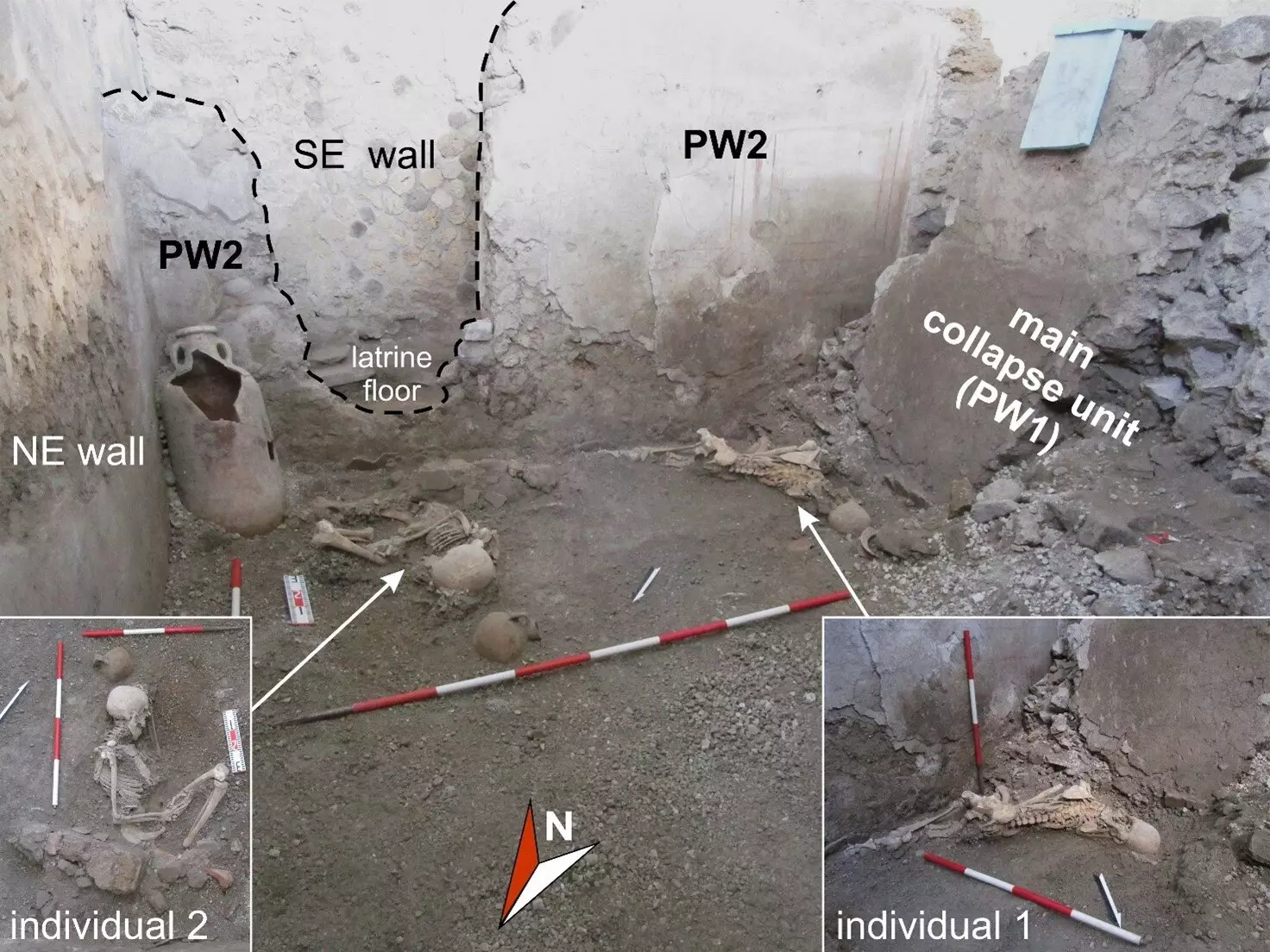In the annals of history, few events echo with the haunting finality of the eruption of Mount Vesuvius in 79 CE. Long before today’s scientific breakthroughs, the Roman author Pliny the Younger penned vivid accounts of the chaos and terror as the ground shook beneath his feet. Fast forward nearly two millennia, and researchers at the Istituto Nazionale di Geofisica e Vulcanologia (INGV) and Pompeii Archaeological Park are unraveling this ancient disaster with an invigorated lens of scientific inquiry. Their groundbreaking study, published in *Frontiers in Earth Sciences*, offers new perspectives on the seismicity that accompanied the volcanic eruption, revealing the dual forces that ultimately sealed the fate of Pompeii and its residents.
The interplay of volcanic and seismic activity is notoriously intricate. Distinguishing between the damage caused by earthquakes and the devastation wrought by volcanic ash and lava has long been akin to piecing together a complex jigsaw puzzle. Dr. Domenico Sparice likens this scientific endeavor to assembling an intricate puzzle—the final image remains elusive until every piece is correctly placed. This layered complexity reflects not only the geological phenomena at work but also the human experience in the face of impending doom.
Shaking Walls and Falling Ash: The Destructive Duality
A keen observation emerged from the wreckage of “Casa dei Pittori al Lavoro” during the latest excavations. The researchers unearthed structural anomalies in the collapsed buildings that did not correlate with previously documented volcanic damage. This inconsistency prompted a focused investigation into what led to such peculiar destruction. The answer lay not in volcanic activity alone but rather in the concurrent seismic events that catalyzed widespread structural failure.
The discovery of two male skeletons, both around fifty years old, deepened the urgency to explore this narrative. Fractures and evident trauma indicated a violent and rapid demise, revealing a compelling story about the tragic last moments of these individuals. The eruption initially enveloped Pompeii in a serenity shattered by cascading ash, lulling those who remained into a false sense of security. As volcanic activity subsided briefly, the people who dared to stay behind found themselves at the mercy of powerful earthquakes, their improvised sanctuaries collapsing under the compounded burden of ash-weighted roofs.
Life and Death Decisions: Surviving Nature’s Wrath
The research team, comprised of experts from various fields, pieced together the narrative of struggle as they examined the positioning of the two skeletons. One individual, referred to as “Individual 1,” was located under a massive wall fragment, clearly indicating that his death came swiftly—an instant lost to the chaos above. Meanwhile, “Individual 2” appeared to have made an effort to shield himself with a round object, now reduced to faint traces amidst the ash. This critical detail sheds light on the instinctive survival mechanisms of the human spirit, even when faced with seemingly insurmountable odds.
The juxtaposition of individual choice against the overwhelming forces of nature creates a poignant tableau of humanity caught in a moment of cataclysm. These two men, among many others, unwittingly became part of a tragic narrative that drove home the difficulty of distinguishing victimhood between volcanic fumes and seismic collapses. The decision to seek refuge indoors, once a refuge, unwittingly solidified the grim statistics of mortality.
A Conflict of Forces: Decoding Pompeii’s Tragedy
As the study continues to unfold, a central theme emerges: the chaotic interaction between seismic and volcanic events not only determined the architecture of destruction but also shaped the human experience. The lack of reliable estimates regarding the number of lives lost to earthquakes versus volcanic activity compels further research into this dual disaster. What emerges from these studies is more than a historical account; it is a testament to the resilience and vulnerability of those who lived amidst such catastrophic forces.
The implications extend beyond the framework of archaeology. By understanding the impact of seismicity during the eruption, current and future evaluations of other volcanic sites may be informed, paving the way for enhanced disaster preparedness. The dual lens of volcanic and seismic analysis provides a more nuanced understanding of how natural disasters can operate under overlapping phenomena, a lesson that transcends time and geography.
In encapsulating the breadth of this research, we open a window into the lives once lived in Pompeii. The interactions of choice, nature, and tragedy have bestowed upon us an invaluable historical insight—a glimpse into human behavior in the face of existential threat, illustrating that survival often hinges on the most intricate and ironic decisions.

